Xiaomi 13 Pro vs Samsung Galaxy S23 Ultra: Can Xiaomi keep up?
We may earn a commission if you make a purchase from the links on this page.
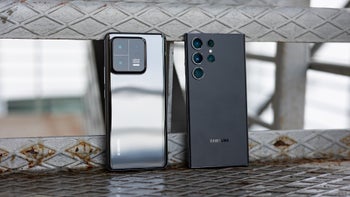
Intro
If I asked you just a couple of years ago, which phone would be the biggest Android rival to the best Samsung phone, would you pick a Xiaomi phone?
Well, we neither! Xiaomi was then best known for its budget devices, but it has improved by leaps and bounds and if there was one company to replace Huawei, Xiaomi has stepped in those shoes. Its latest Xiaomi 13 Pro flagship indeed costs about as much as the Galaxy S23 Ultra, it has a camera system to match and even beat the Galaxy in some cases. It is also equipped with one of the most successful chips of recent times, the Snapdragon 8 Gen 2, which is fast, but Xiaomi also squeezes out a lot of juice out of it in terms of power efficicency.
And it runs laps around the slow charging speeds of the Galaxy. So has Samsung found its match in 2023? Let's find out!
Xiaomi 13 Pro vs Galaxy S23 Ultra in a nutshell:
- Xiaomi is more compact and lighter
- Galaxy has the S Pen
- Both have the same chip
- Similar performance in gaming
- Galaxy has longer zoom camera
- Xiaomi has larger main camera sensor
- Xiaomi is the best phone for macros
- Galaxy costs a bit more
Table of Contents:
Design and Display Quality
Xiaomi is more compact, Galaxy has a bigger screen
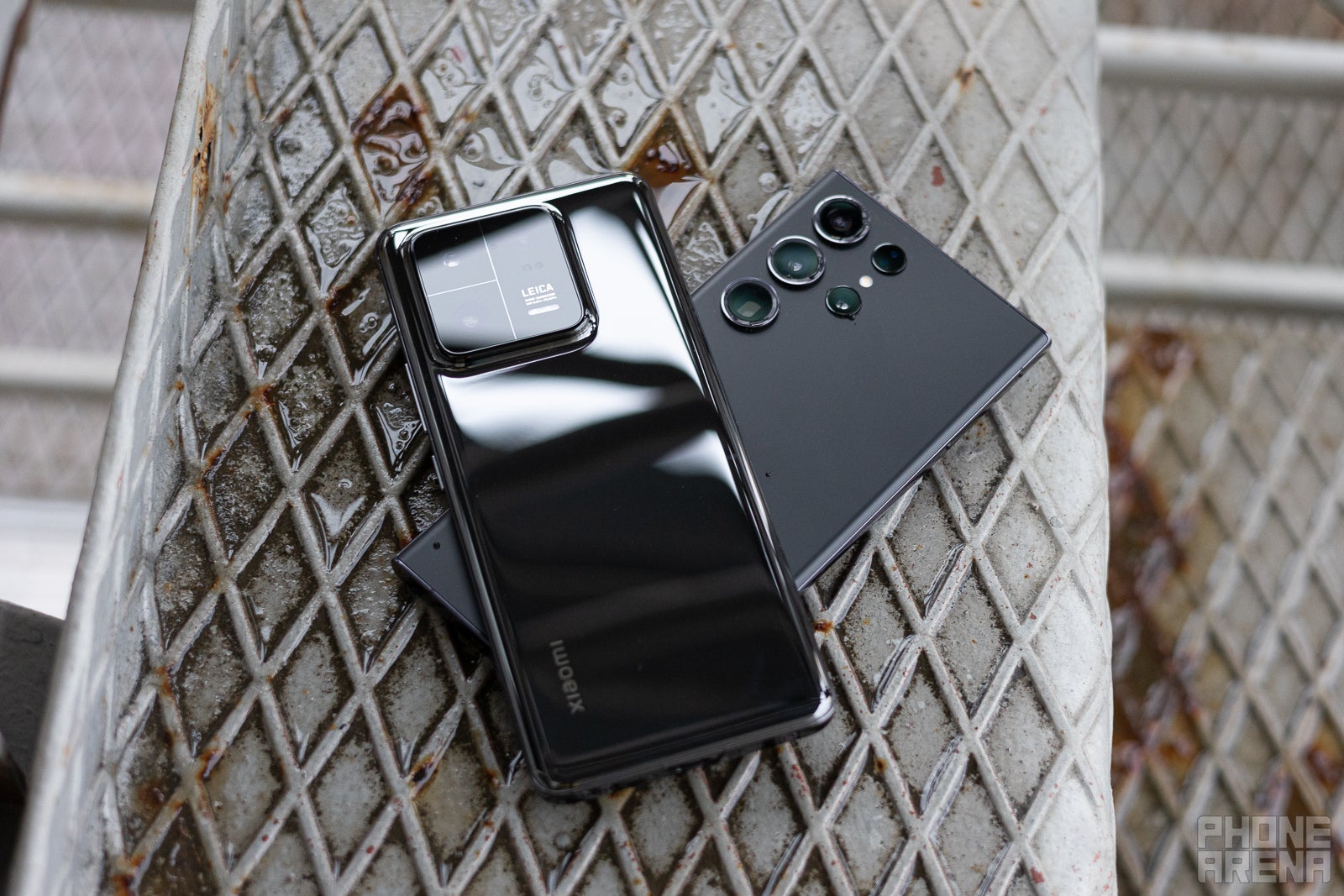
(Image Credit - PhoneArena)
When it comes to build quality, Xiaomi is definitely perfectly on par with the Galaxy S23 Ultra. Both feel very refined, solidly put together, just well made all around.
While the Galaxy is made of glass on the front and back and aluminum for the mid-frame, the Xiaomi is offered with three different finishes, one is glass like the Galaxy, but you also have a choice of ceramic back which is way more durable to scratches and even a faux-leather finish with a very pleasing texture.
Buttons are nice and clicky on both phones, both also have IP68 water and dust protection rating.
The Galaxy, however, is definitely the bigger and heavier phone, a bit beyond the usual even for large phones, so keep that in mind, while the Xiaomi on the contrary feels less wide, easier to operate with one hand and a bit lighter (it's still a big phone though).
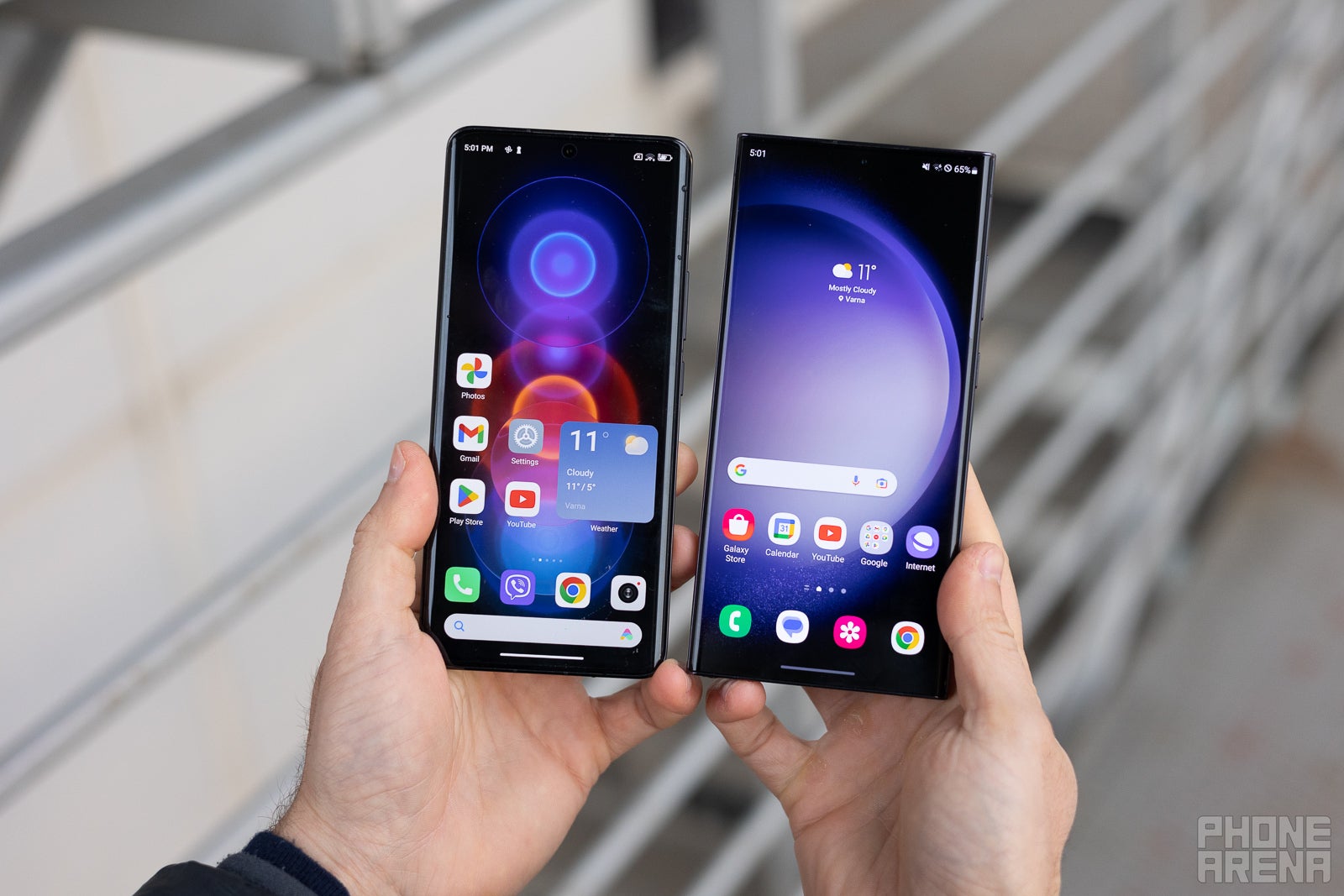
(Image Credit - PhoneArena)
There is also a noticeable difference in the screen sizes and dimensions. The Galaxy has a 6.8-inch screen, while the Xiaomi goes for a 6.7-inch display, but that 0.1-inch difference is misleading as the Galaxy is considerably bigger thanks to its wider 19.3:9 aspect ratio (compared to 20:9 on the Xiaomi).
Display Measurements:
Both seem to use the latest Samsung OLED panel technology, which is great news as that means you get very lively colors, little discoloration at an angle and an incredibly max brightness that makes it easier to use these phones outdoors. You can even see that the Xiaomi actually scores a slightly higher max brightness, which is really interesting.
In terms of biometrics, both rely on a fingerprint scanner under the screen, but the Galaxy uses an ultrasonic one, while the Xiaomi goes for an optical type sensor. Both get the job done similarly well, so no complaints here.
Performance and Software
Same Snapdragon chip inside means nearly identical performance
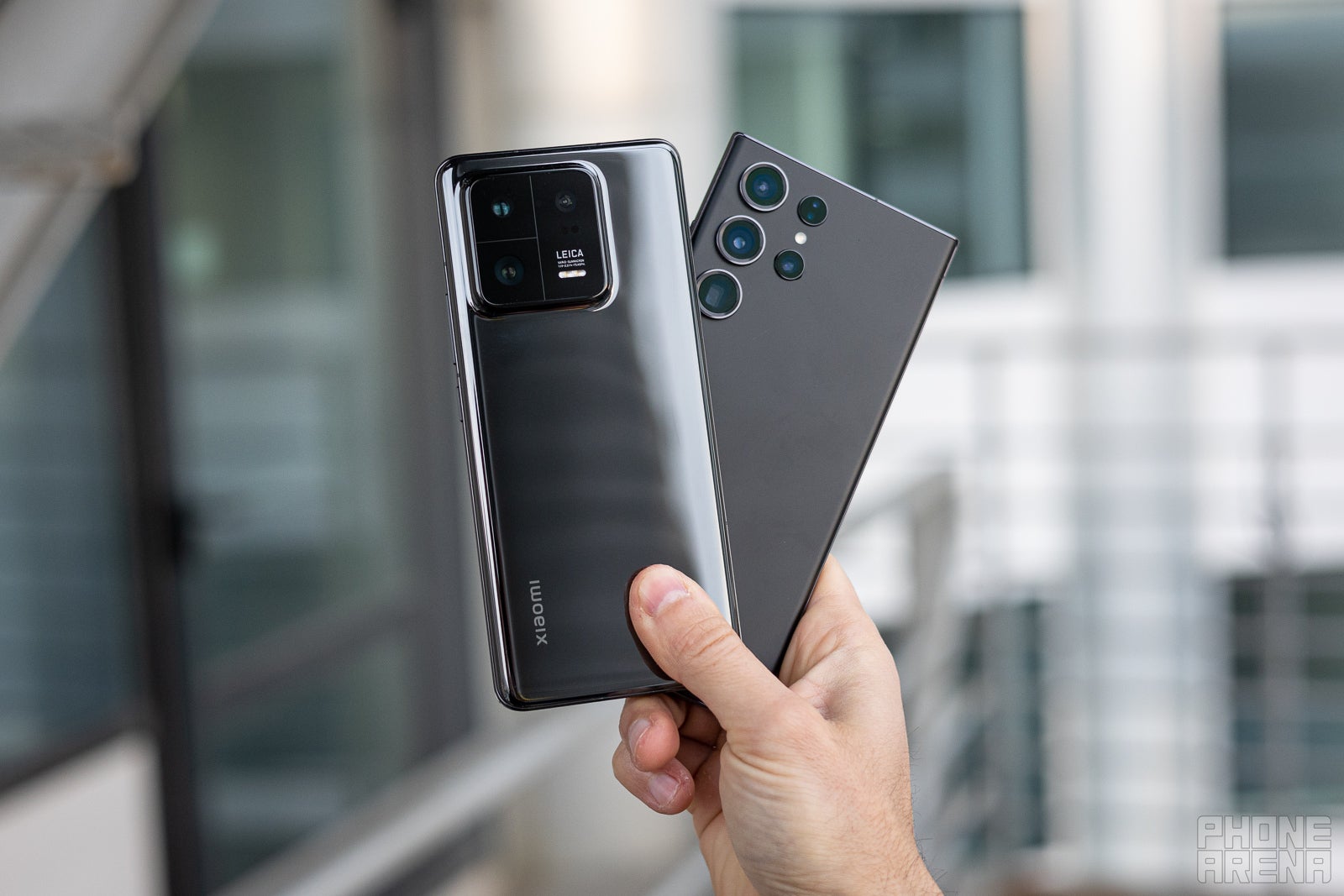
(Image Credit - PhoneArena)
Both phones come with Qualcomm's Snapdragon 8 Gen 2 processor, and despite the fact that Samsung brands its version as a special model, the difference in actual performance is negligible.
If you are curious about why that is, well, Samsung's version of the Snapdragon is clocked slightly higher, which gives it a very tiny advantage in some use cases.
And in terms of RAM and storage, the Galaxy has a base model with 8GB of RAM and 256 gigs of storage, while the Xiaomi has the same storage for the base model but 12GB of RAM. You can also get 12GB RAM on the Galaxy too, but you have to spend more and buy the 512GB storage version to get the RAM upgrade.
Performance Benchmarks:
You can see slight variations in the scores of these phones on the GeekBench CPU centric test, but we wouldn't overanalyze those.
Instead, the real difference is actually in the second 3D Mark Wildlife test, which is a gaming test. The High score that you see represents the initial burst of performance, but the more indicative of real use score is the second one. It shows how the Galaxy throttles dramatically after a few minutes of this intense gaming test, while the Xiaomi holds its own far better.
The Xiaomi is definitely better optimized for gaming, so if you want to run Genshin Impact at higher settings (or something similarly taxing), the Xiaomi is a better choice.
Software
When it comes to software, both come with their own very specific take on Android. On the Xiaomi you have MIUI 13 and on the Galaxy — One UI 5.1.
Our biggest problem with MIUI is not the weird ideas like a dual-panel multitasking menu and some iOS inspired changes, but the fact that it kills background apps very aggressively, which can affect your notifications. Put simply, some apps that are supposed to run in the background like messaging apps, email clients and others are killed on the Xiaomi and this might mean missing critical notifications. You don't have such issues on the Galaxy.
The Galaxy also has the upper hand when it comes to software updates as it promises 4 years of major Android updates and 5 years of security fixes, compared to a more modest 3 years of major updates and 5 years of security updates on the Xiaomi.
Camera
A 1-inch sensor on the Xiaomi meets the 200MP Galaxy camera
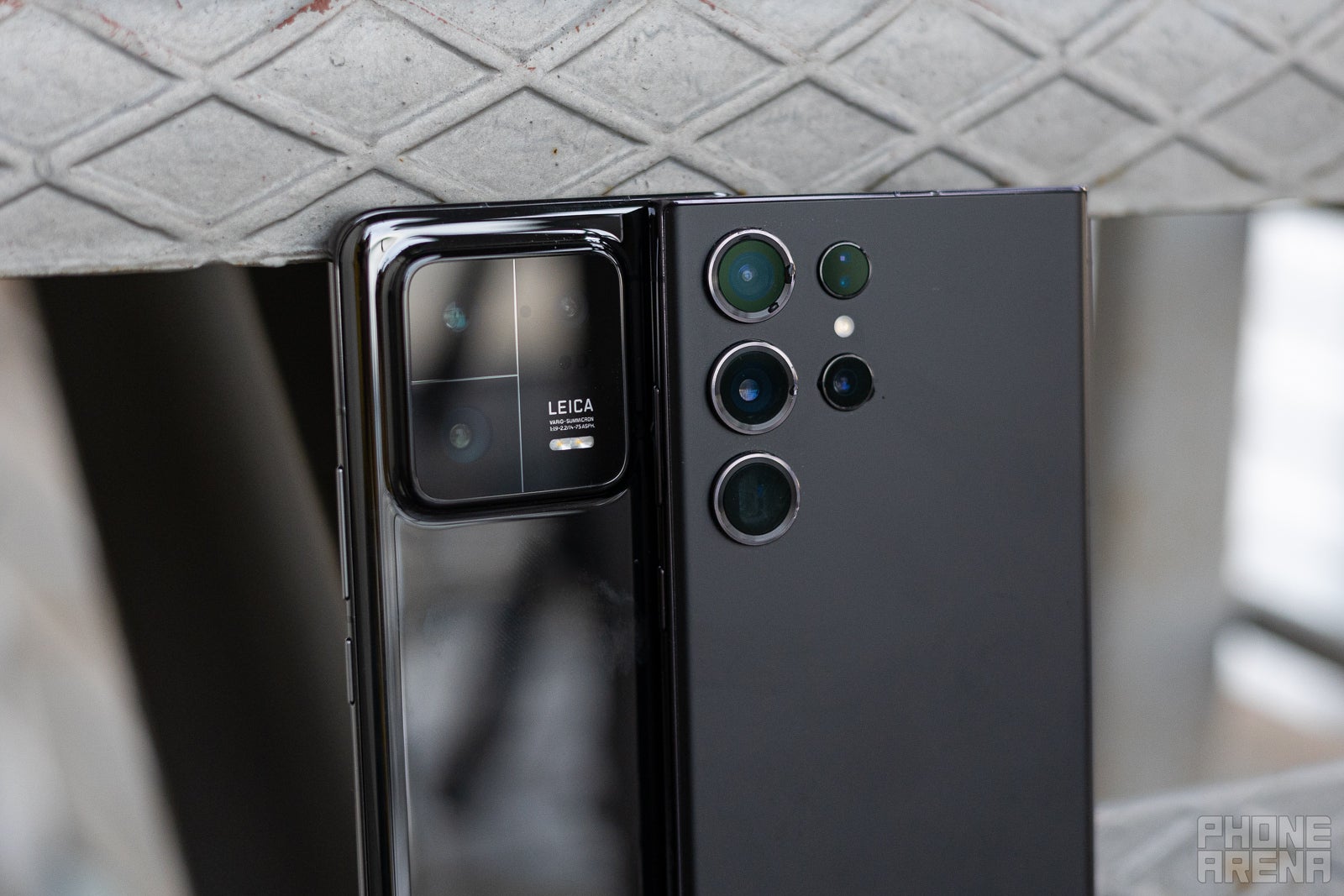
(Image Credit - PhoneArena)
The big promise of the Xiaomi 13 Pro is certainly about the camera: you have a 1-inch type main camera sensor that is bigger than what you have on the Galaxy and theoretically should do way better at night, and you have a 3.2X zoom camera that has some super powers that we will talk about below.
You can find the detailed camera specs at the end of this article.
Main Camera - Day
On a bright sunny day, you can see that the Xiaomi tends to go for a darker exposure, while the Galaxy captures the brighter photo. If you ask us, the ideal picture would be somewhere in the middle, but we prefer the brighter exposure out of the Galaxy that better shows the mood of that sunny day.
Despite using the "Leica Vibrant" mode for all shots with the Xiaomi, it is the Galaxy that is the vibrant one with super vivid and saturated colors. Again, this is overkill and these colors are definitely not realistic.
To be honest, none of these phones are quite ideal, but the slightly dull look out of the Xiaomi is actually a bit surprising and we think the Galaxy has the upper hand.
Main Camera - Night
The Xiaomi makes a huge leap in quality when it comes to the night shots. Both phones look very, very good at night, they are nice and bright, but if you look closer you would notice a bit more noise on the Galaxy and how it sometimes tends to have some very noticeable artificial processing.
For example, around the tree on the right in the first photo above, you can see the artificial processing on the Galaxy. The Xiaomi looks cleaner and has the upper hand in this round.
Ultra-Wide Camera
When it comes to the ultra-wide camera, we have the same processing as with the main one in day shots: brighter and more vibrant images out of the Galaxy, but at night, the ultra-wide camera on the Xiaomi falls apart further as the white balance is worse than the Galaxy and photos lack detail and are not as bright.
Zoom
The 3.2X zoom camera on the Xiaomi is decent, but it's not quite on the same level as the 3X + 10X zoom combo on the Galaxy, and as you can see during the day you have better detail out of the Samsung camera.
Also at night, but once again we see how Samsung's extreme processing can result in a super weird looking photo like that sign we shot at night. Yes, the Galaxy has better detail, but the Xiaomi is way more realistic.
Portrait Mode
We always say how the 1X camera is not very suitable for close-up portraits, but it's downright weird how Xiaomi only offers a black and white mode for the wide portrait! The Galaxy is far more reasonable in that.
And as for the 3X zoom shots, again the Galaxy has a noticeable advantage, look at those extreme colors out of the Xiaomi, this is way too much saturation and ultimately the image looks amateurish on the Xiaomi. This round is an easy win for the Galaxy.
Front Camera
One area where Xiaomi seems to have forgotten to put much effort is the front camera. You have that typical for most Chinese phone processing where it brightens up your face and makes it whiter than it really is. But also, it blows the highlights noticeably and does not have the needed dynamic range.
Again, Samsung has the upper hand in the selfie game.
Video Quality

In terms of video quality using the main camera, the Xiaomi 13 Pro can certainly keep up with the big boys.
It has very saturated, downright inky colors during the day, which might be a bit extreme, but video stabilization and image clarity are there, and particularly at night it captures video with less noise than the Galaxy.
Audio Quality and Haptics
While the Xiaomi 13 Pro technically has dual speakers, one bottom firing and another one embedded in the earpiece, just like the Galaxy S23 Ultra, the sound quality is nothing like it.
The Xiaomi is way quieter and lacks severely any lower tonalities, so while voices sound clear, those other issues are really noticeable and the loudspeaker quality is one of the least impressive we've heard on a 2023 flagship phone. The Galaxy is a big step up compared to the Xiaomi.
Haptic feedback at least is nice and tight on the Xiaomi, and we actually prefer it over the not so refined vibration motor on the Galaxy S23 Ultra.
Battery Life and Charging
Both last way more than your average phone
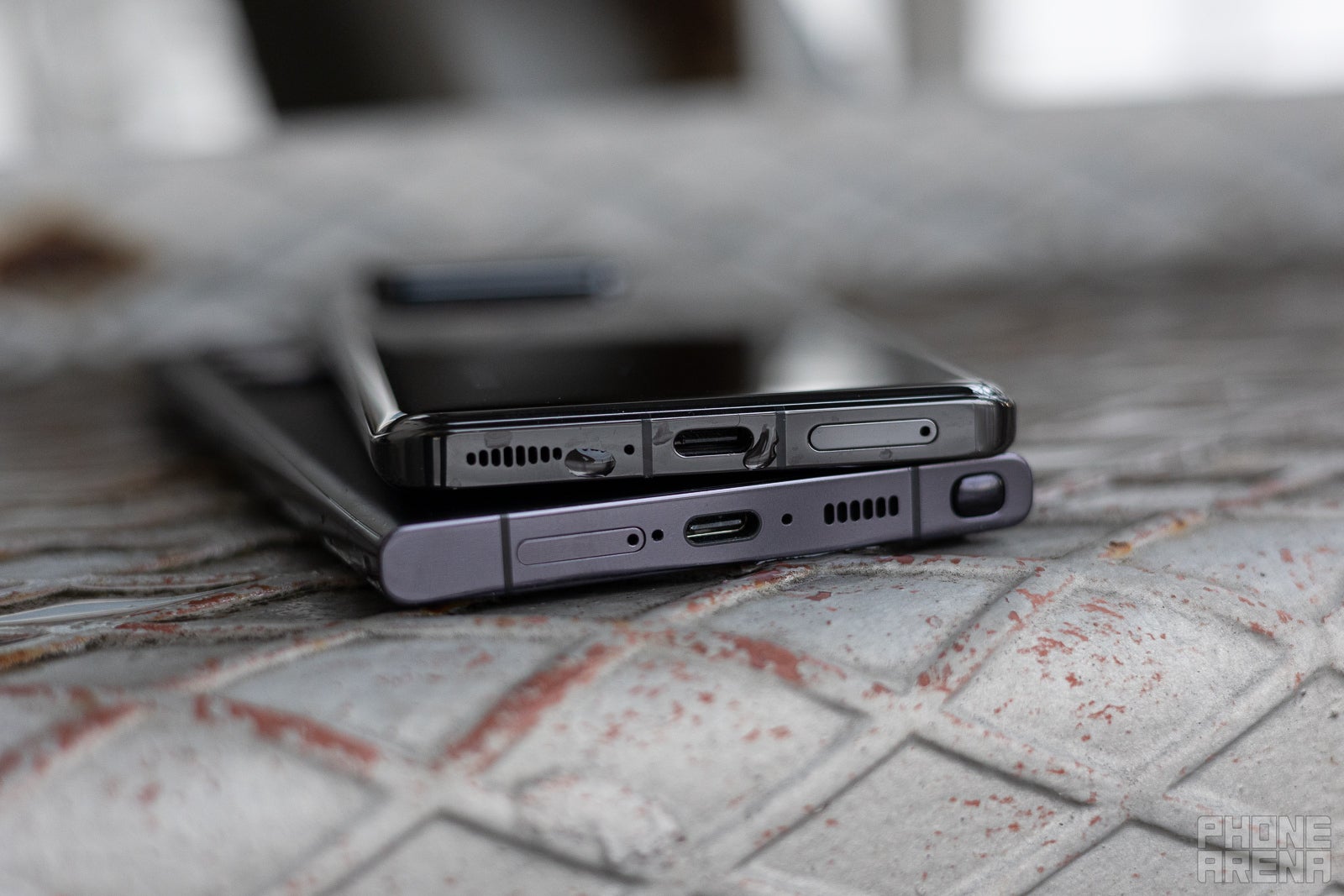
(Image Credit - PhoneArena)
Looking at the battery sizes, you have a 4,820 mAh battery on the Xiaomi 13 Pro, and a nearly 4% larger, 5,000 mAh battery on the Galaxy, so you might think that the Galaxy would have it easy and just win the battery round.
Well, not so fast, as those software tricks with killing background apps on the Xiaomi translate to longer battery life than you'd expect.
PhoneArena Battery Test Results:
As you can see, the phones are neck to neck in the battery life race, scoring nearly the same for web browsing, the Galaxy beating the Xiaomi in 3D gaming (possibly the throttling helps here), and the Xiaomi actually having a very big advantage in YouTube video playback times.
In real life, both phones easily last through even longer days, and with moderate use, expect to get about a day and a half on average, and even more if you barely use your phone.
When it comes to charging, the Galaxy with its 45W "fast charging" looks as a D league player compared to the all-star Xiaomi with 120W fast charging.
That's a massive difference, the Xiaomi charges fully in less than 30 minutes, while the Galaxy takes more than an hour.
Both phones also support wireless charging, and once again, the Xiaomi is so much faster with 50W speeds compared to just 10W on the Galaxy. What a difference!
Specs Comparison
You can refer to our in-depth Xiaomi 13 Pro vs Galaxy S23 Ultra specs comparison, but also right below is a quick overview of the most important specs:
| Specs | Xiaomi 13 Pro | Galaxy S23 Ultra |
|---|---|---|
| Dimensions | 162.9 x 74.6 x 8.38 mm | 163.3 x 78 x 8.9 mm |
| Weight | 229g (8.08 oz) | 234g (8.25 oz) |
| Screen | 6.7" OLED, 1440p 20:9 ratio 1-120Hz refresh rate | 6.8" OLED, 1440p 19.3:9 ratio 1-120Hz refresh rate |
| Processor | Snapdragon 8 Gen 2 | Snapdragon 8 Gen 2 |
| RAM | 12/256GB for 1,300 euro | 8/256GB for 1,400 euro 12/512GB for 1,579 euro |
| Rear Cameras | 50MP wide, 1" sensor, f/1.9 50MP ultra-wide, f/2.2 50MP 3.2X zoom, f/2.0 - 32MP front | 200MP wide, 1/1.3" sensor, f/1.7 12MP ultra-wide, f/2.2 10MP 3X zoom, f/2.4 10MP 10X zoom, f/4.9 12MP front |
| Battery Size | 4,820 mAh | 5,000 mAh |
| Charging Speeds | 120W wired charge 50W wireless | 45W wired charge 10W wireless |
Summary and Final Verdict
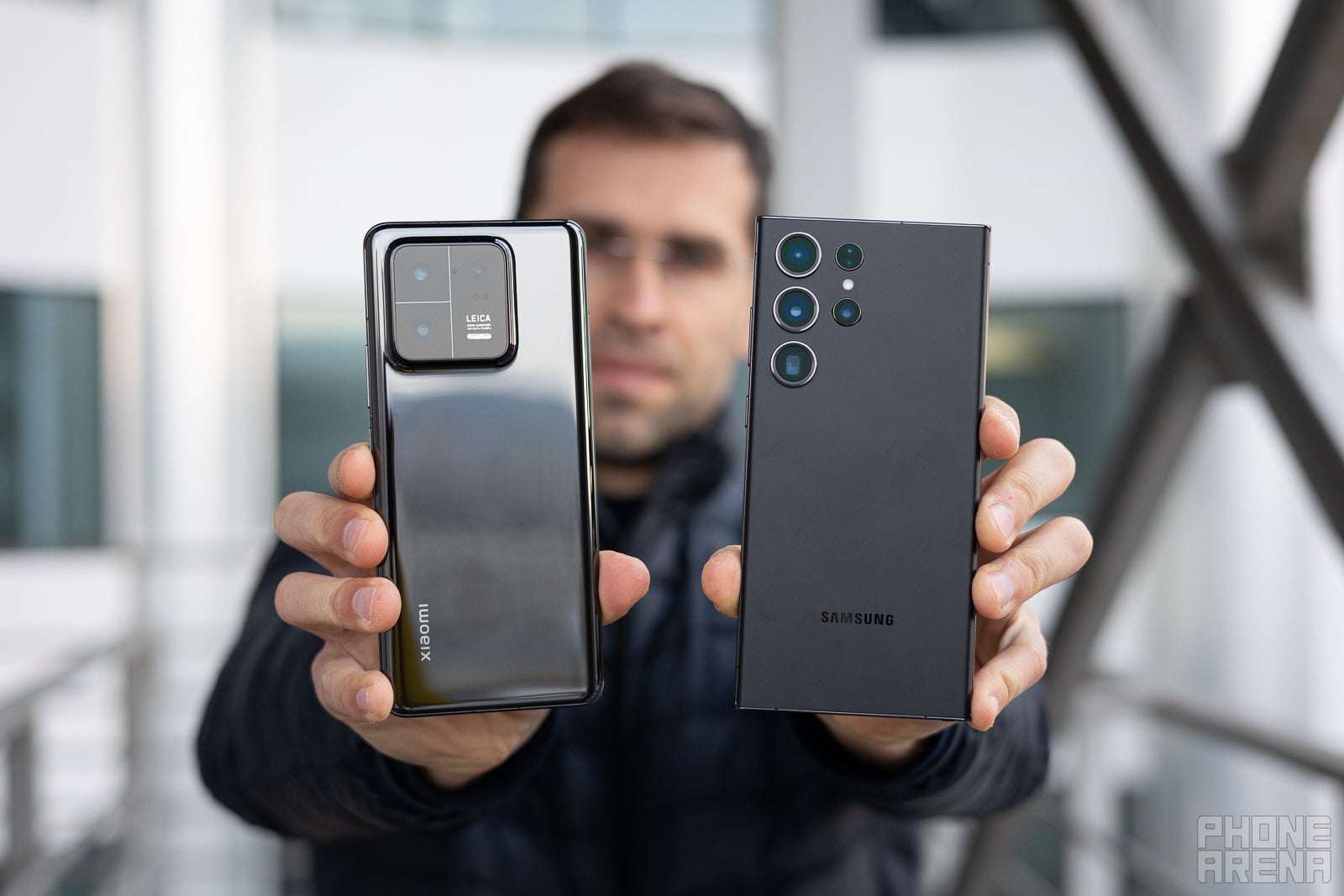
(Image Credit - PhoneArena)
Those who are still new to the concept of having a Xiaomi flagship phone might need some time to adjust to the idea, but Xiaomi has kind of made it.
The Xiaomi 13 Pro is a solid phone that excels at most of the fundamental areas that make a great smartphone: it has solid battery life, it has a very good camera (especially those macro shots), and it has super fast charging. Our big concern is with the MIUI software that still feels a bit weird to use and kills background apps, which might affect your notifications. Xiaomi really needs to fix that.
The Galaxy, on the other hand, is the "safe choice" for an Android flagship, but that doesn't make it any less exciting. We are a bit bummed that Samsung has cut some corners like the 8GB RAM situation and gamers might be upset about the throttling, but in the general scheme of things, those are not dealbreakers. And that S Pen is still a factor.
What would we choose among these two? We still feel the Galaxy has a bit more refinement and is a safer choice with longer updates, but if you want to try something new, the Xiaomi 13 Pro certainly won't disappoint.

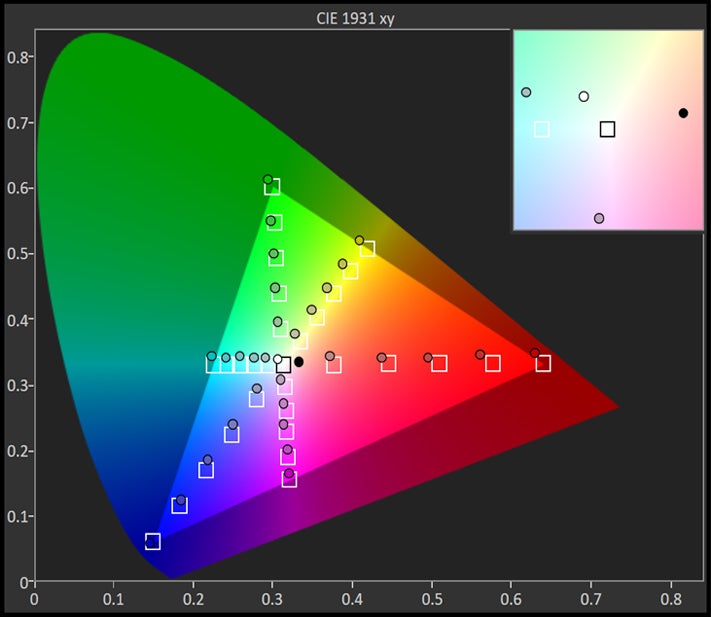




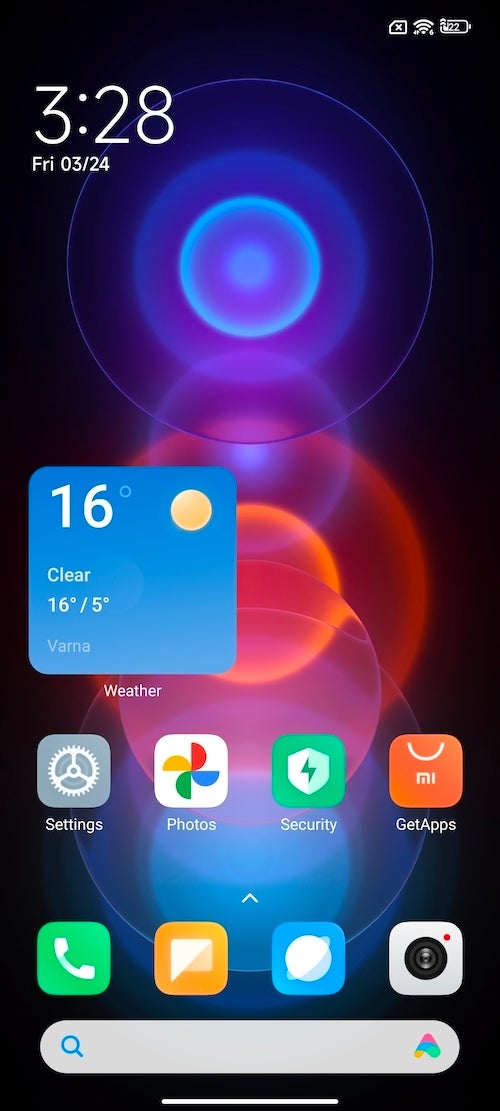
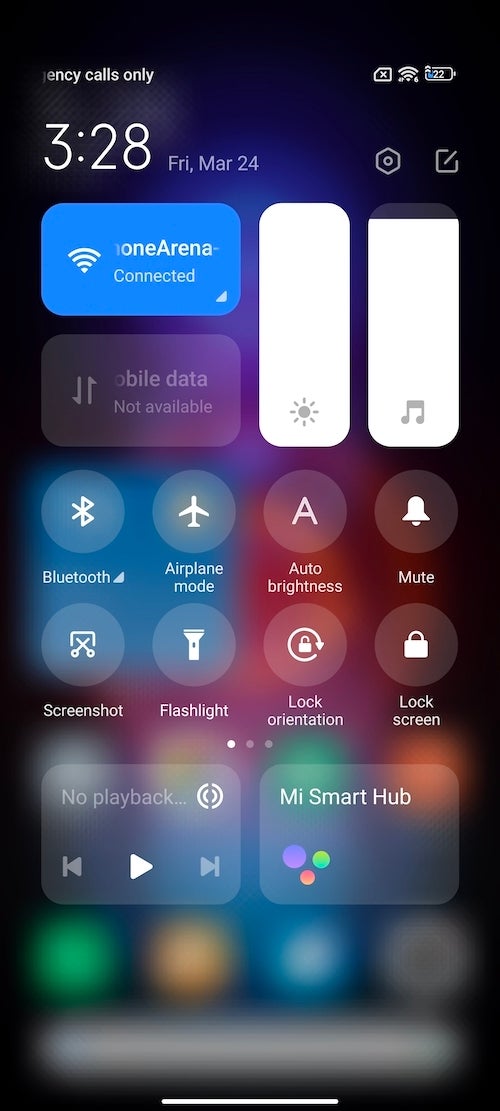
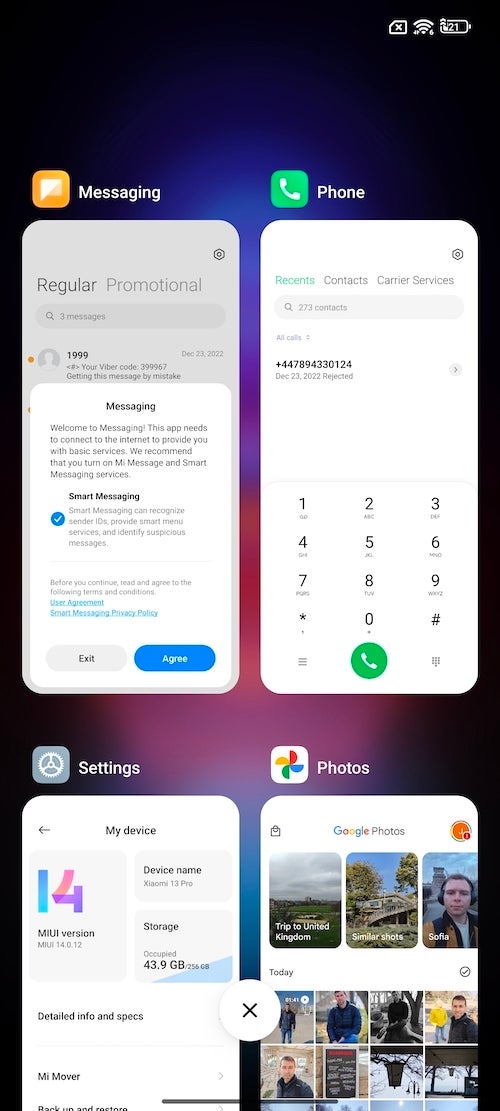


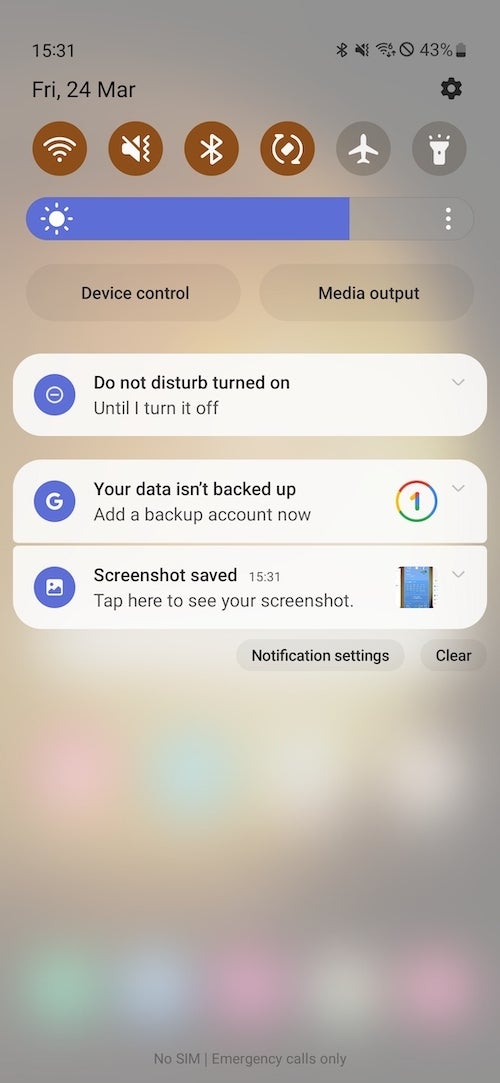
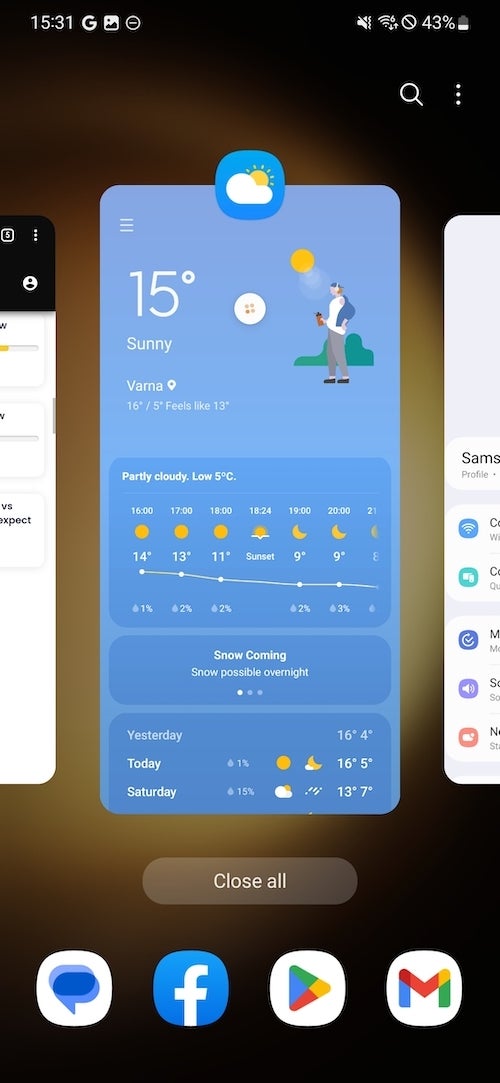
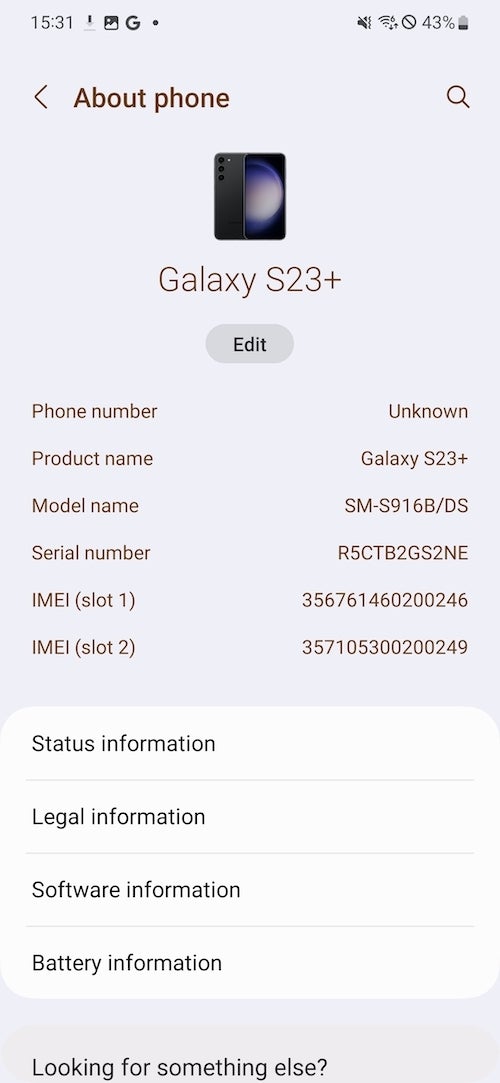
















































Things that are NOT allowed: